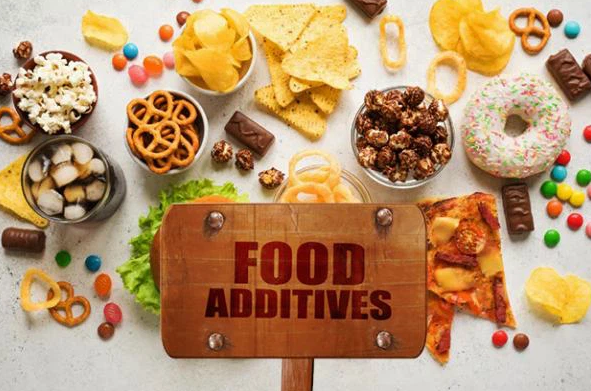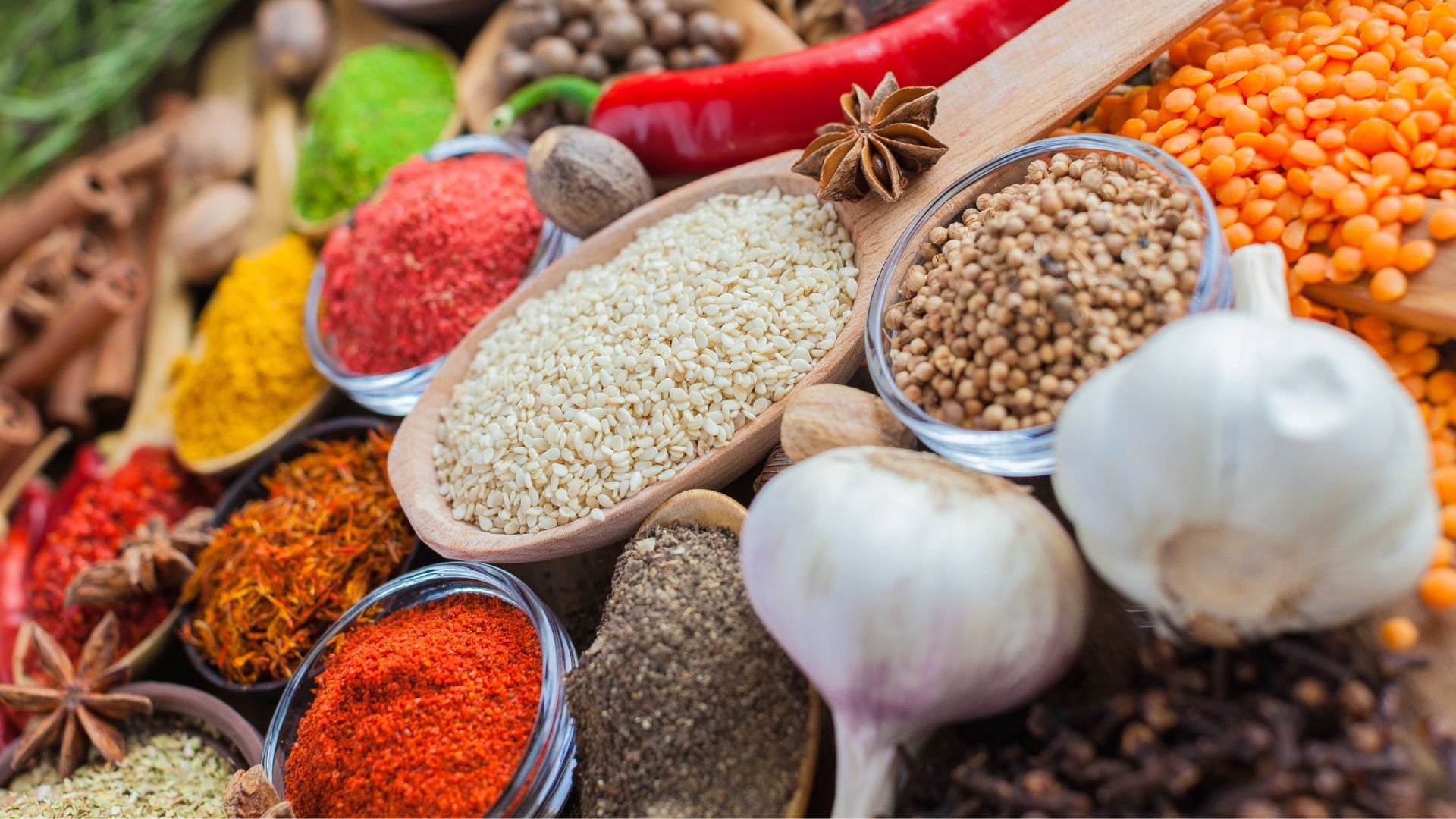
The food additives market has shown a steady growth trend in recent years, which is driven by multiple factors such as global population growth, consumption upgrade, and technological advancements in industrial production. Here is an analysis of the future trends in the food additives industry:
Continued Market Demand Growth
Population Growth and Improved Consumption Capacity: With the continuous increase in global population and people’s consumption capacity, the demand for food has also been on the rise, directly driving the expansion of the food additives market. Consumers are increasingly demanding high-quality, tasty, attractive, and long-shelf-life food, where food additives play an important role in meeting these demands .
Increasing Awareness of Healthy Eating: People are paying more and more attention to healthy eating and preferring foods that are natural, without or with low additives. Therefore, food additives with natural and healthy attributes, such as plant extracts, natural colorants, and natural preservatives, will be more popular in the market .
Product Innovation and Technological Advancement
Research and Development of New Additives: With the progress of technology, the research and application of new food additives have become a hot spot in the industry. For example, the application of bioenzymes, nanotechnology in food additives has brought new development opportunities for the food industry. These new additives not only improve the safety and stability of food but also endow it with more functional characteristics .
Technology-Driven Innovation: The application of modern technologies such as nanotechnology, biotechnology, and genetic engineering has greatly improved the production efficiency and product quality of food additives. At the same time, these technologies have also promoted the development of new food additives, meeting consumers’ diverse and individualized needs for food .
Environmental Protection and Sustainable Development
Higher Environmental Requirements: Governments around the world attach greater importance to environmental protection and put forward stricter environmental requirements for the food additives industry. Enterprises need to invest more resources in treating wastewater, waste gas, and solid waste pollutants generated during the production process and adopt more environmentally friendly production processes and raw materials .
Promotion of Green Production Concept: The concept of green production is widely promoted in the food additives industry, and enterprises pay more attention to the recycling of resources and harmless treatment of waste. By improving production processes and technologies, reducing energy consumption and emissions, a green and low-carbon production and consumption model is realized .
Perfection of Regulations and Standards
Strengthened Supervision: Governments around the world have continuously strengthened food safety supervision and put forward stricter requirements for the use and management of food additives. Enterprises need to closely monitor changes in regulations to ensure that their products meet relevant standards and regulations .
Higher Labeling Requirements: New regulations require enterprises to more clearly indicate the types and contents of additives used on product labels, improving product transparency and consumers’ right to know. This helps consumers make healthier choices .
Intensified International Competition
Increased International Exchanges and Cooperation: With the deepening development of globalization, international competition in the food additives industry is becoming increasingly fierce. As a major producer of food additives, China plays a significant role in the international market. In the future, China’s food additives industry will further strengthen exchanges and cooperation with the international market, introduce advanced technology and management experience to enhance international competitiveness .
Accelerated Transnational Mergers and Integration: In order to cope with fierce market competition and rapidly changing consumer demands, transnational mergers and integration activities in the food additives industry will become more frequent. Large enterprises expand their scale, optimize resource allocation, reduce costs, and improve market competitiveness and risk resistance through mergers and integration .




